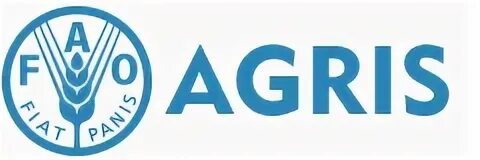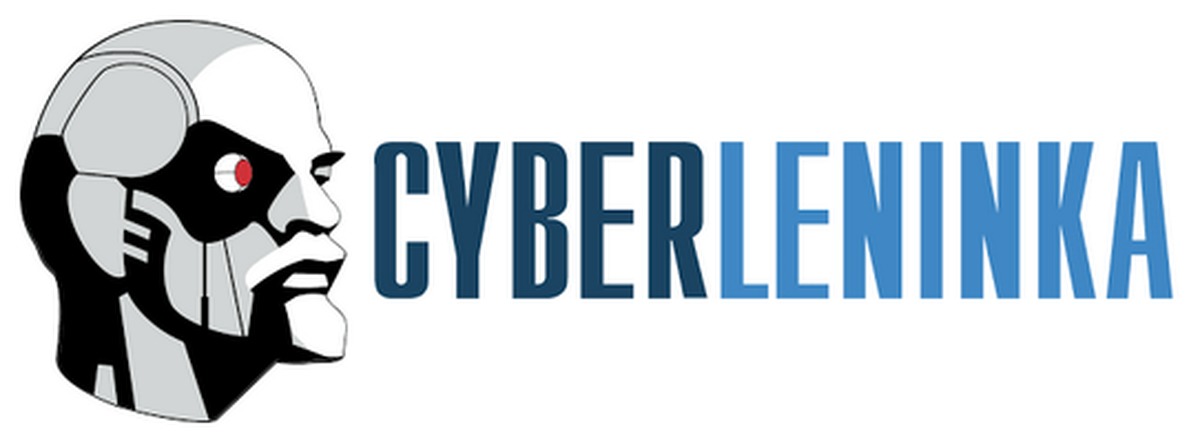Identification of Pathomorphological Features of Structures without Epithelium in Pig Placenta
DOI:
https://doi.org/10.31279/2949-4796-2025-15-1-5-15Keywords:
placenta structures without epithelium, intrauterine development period, placental insufficiency, sows, placental barrierAbstract
Introduction. This article presents a study aimed at identifying the structural characteristics of de-epithelialized structures in the porcine placenta. The systematic performance of histological examinations of placentas of pregnant animals enabled the development of new methods for assessing the condition of pregnant animals, taking into account the embryonic developmental stages of the fetus. Additionally, we justified critical periods in neonatal development and proposed a scientific position on the maintenance of parturition rhythm in animals, as well as addressing certain aspects of neonatal development in newborn offspring.
Methods. Leica DM 2500 ocular micrometer was used for overview microscopy and measurement of changes in placental thickness. Histological sections were prepared on a Microm HM 340E microtome and stained according to the Mallory method. The cytokine profile, including IL-1β, IL-2, IL-4, IL-10, TNF-α and IFN-γ, was determined by enzyme-linked immunosorbent assay (ELISA) with results measured on a Uniplan-TM spectrophotometer. Complex recombinant porcine type I (alpha) and type II (gamma) cytokines and a mixture of alpha and gamma interferons were investigated.
Results. Examination of sow placentas revealed significant differences in the structure of the epithelial layer. Areas of de-epithelialization were identified in the primary chorionic villi. Two groups of sows were established on the basis of the observed characteristics. The primary criterion for dividing the animals into intact groups was the identification of de-epithelialized structures in the pig placenta. The first group included individuals with pronounced de-epithelialized structures in the placental tissue, while the second group served as a control with no apparent changes in the epithelial layer.
Conclusions. The use of established changes in the fetoplacental complex (presence of de-epithelialized structures) based on the principles of histomorphometric analysis of placenta in animals may serve as a fundamental direction in the study of the pathogenesis of various diseases and help in the identification of the most resilient individuals.
To cite: Agarkov A.V., Skripkin V.S., Kvochko A.N., Agarkov N.V., Bondarenko V.V. Identification of Pathomorphological Features of Structures without Epithelium in Pig Placenta. Agrarian Bulletin of the North Caucasus. 2025;15(1):5-15. https://doi.org/10.31279/2949-4796-2025-15-1-5-15
Downloads
Published
Issue
Section
License
Copyright (c) 2025 Alexander V. Agarkov, Valentin S. Skripkin, Andrey N. Kvochko, Nikolai V. Agarkov, Vadim V. Bondarenko

This work is licensed under a Creative Commons Attribution 4.0 International License.









